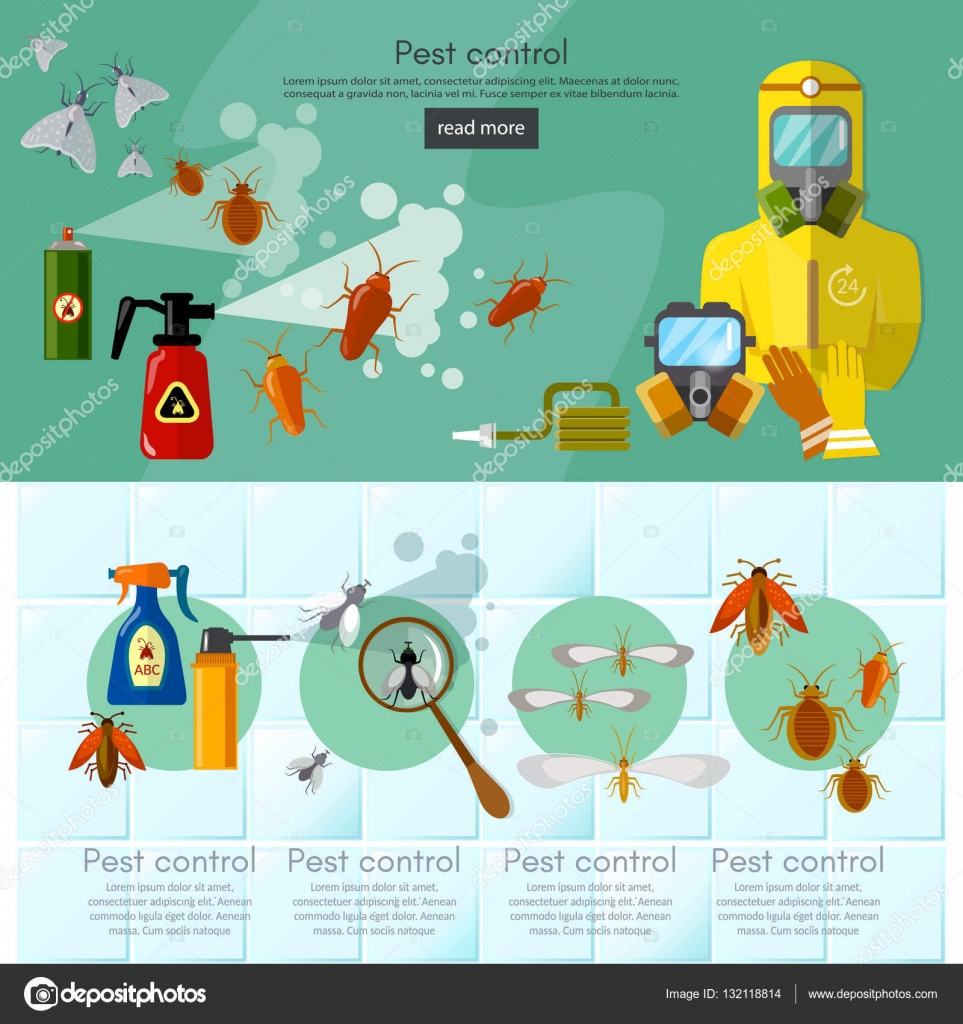Comprehending The Behavior Of Typical Rats For Effective Rodent Control
Comprehending The Behavior Of Typical Rats For Effective Rodent Control
Blog Article
Authored By- https://docs.google.com/spreadsheets/d/1_L4WtnLunGBMOxFhqhK1HSSBBltzaKUlawcvqtO0coA/edit?usp=drive_link
When it comes to rodent control, understanding typical rodent actions is vital to successfully taking care of infestations. Did you know that rats have some interesting nesting practices that might amaze you? By exploring their complex actions, you can gain important understandings right into how to take on rodent issues in a more tactical and efficient fashion. So, allow's unwind the mysteries behind these animals' actions and find out just how to outsmart them in your rodent control initiatives.
Rat Nesting Behaviors
When observing rats in their all-natural environment, you'll discover that they actively seek products to build their nests. Rodents, such as computer mice and rats, are resourceful creatures that utilize a range of items like branches, leaves, paper, and textile to build their homes. They're precise in their nest-building process, often lining their nests with softer materials like hair or feathers to create a cozy environment.
Rodents like to develop their nests in concealed and safe areas to protect themselves and their young from predators. Usual nesting spots include wall cavities, attics, basements, and also within insulation products. By building their nests in these remote areas, rodents can safely raise their spawn far from prospective dangers.
It is essential to recognize the nesting routines of rodents when applying control procedures. By disrupting their nests or getting rid of products, you can inhibit rodents from establishing a visibility in your home or property. Correct cleanliness and sealing off access factors are also essential action in protecting against rodent problems.
Rat Feeding Patterns
After observing rodents' nesting habits, it ends up being apparent that their feeding patterns play a critical function in their daily lives and actions. Rats, consisting of mice and rats, are opportunistic feeders, implying they'll consume whatever food source is readily offered. They're mainly nocturnal creatures, favoring to forage for food during the cover of night to stay clear of predators.
Rats have a diverse diet regimen, varying from grains, seeds, fruits, and vegetables to bugs, nuts, and also little pets. This adaptability in their food options allows them to grow in various settings, including urban areas where human food resources are bountiful.
Their feeding patterns aren't only driven by appetite however also by the demand to stock food for times of shortage. This actions is especially visible to prepare for winter season or when nesting. Rodents are understood to hoard food in their nests or burrows, ensuring a constant food supply. Understanding their feeding patterns is essential in applying reliable rodent control procedures to interrupt their food sources and protect against problems.
Rat Motion and Travel
Rodents browse their surroundings with dexterity and stealth, using their eager senses to move swiftly with their environments. These creatures are proficient mountain climbers, able to scale wall surfaces and upright surface areas effortlessly. They can likewise squeeze with remarkably tiny openings, making it vital to seal off any kind of prospective entrance factors in your home.
When it concerns taking a trip, rodents have a tendency to comply with familiar paths, creating tracks along wall surfaces or skirting the edges of rooms. flea and tick treatment for house of habit, commonly staying with these established courses as they forage for food or explore their environments.
natural ant removal are recognized for their nighttime habits, so you may hear them hurrying about in the evening as they search for food and water. Their motions fast and unpredictable, allowing them to dart in and out of sight in the blink of an eye.
Comprehending just how rats relocate and travel can aid you identify potential invasion locations in your house and take positive steps to stop these insects from obtaining a foothold.
Final thought
As you work to regulate rodents in your home, keep in mind that comprehending their behavior is key. By acknowledging their nesting behaviors, feeding patterns, and motion, you can successfully prevent invasions.
Together, by taking proactive actions to remove food sources and seal off access factors, you can interrupt their familiar courses and force them to choose new areas, ultimately decreasing the probability of rodent existence in your living spaces.
